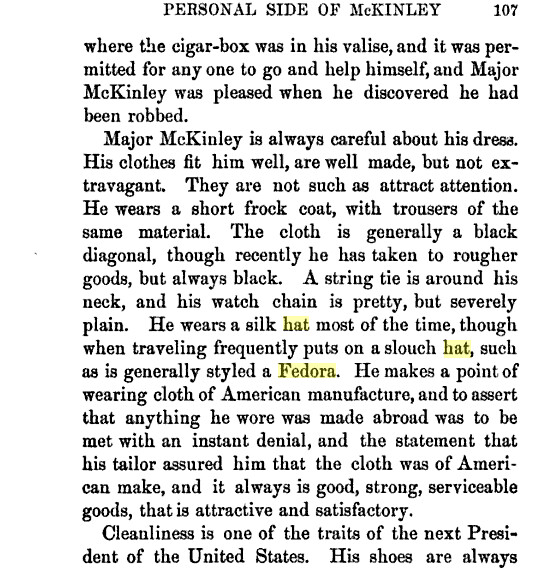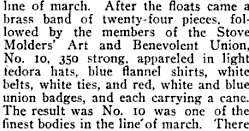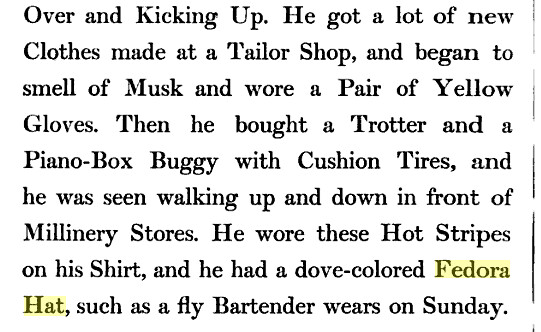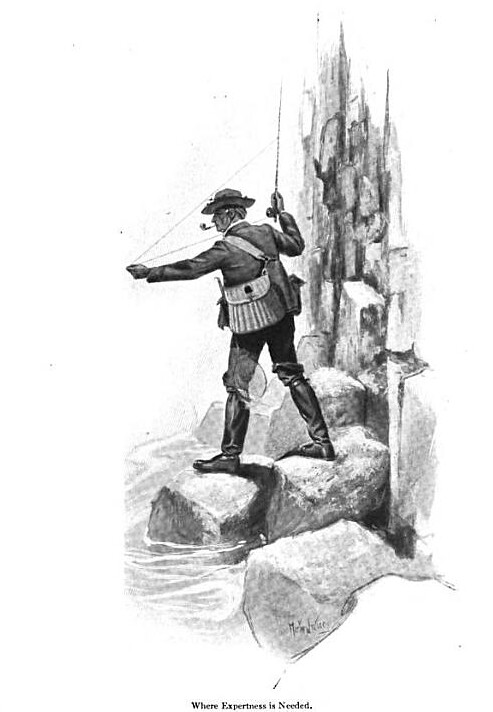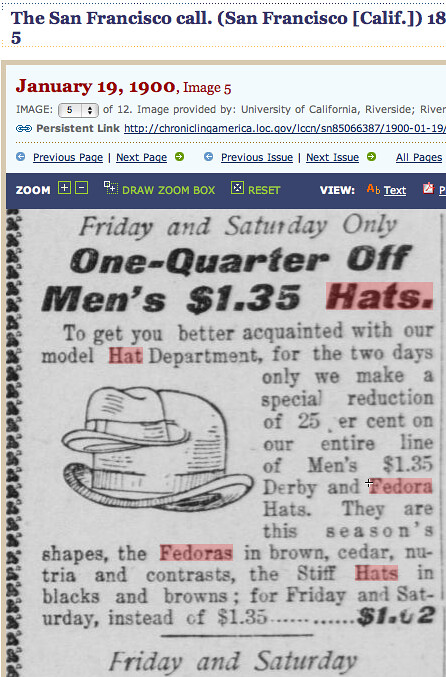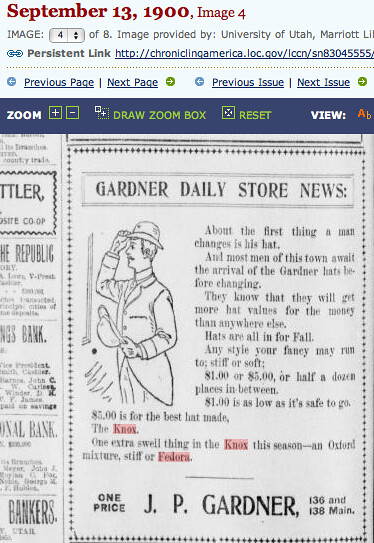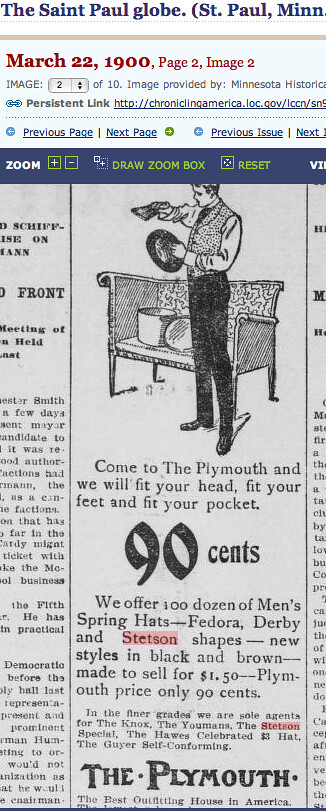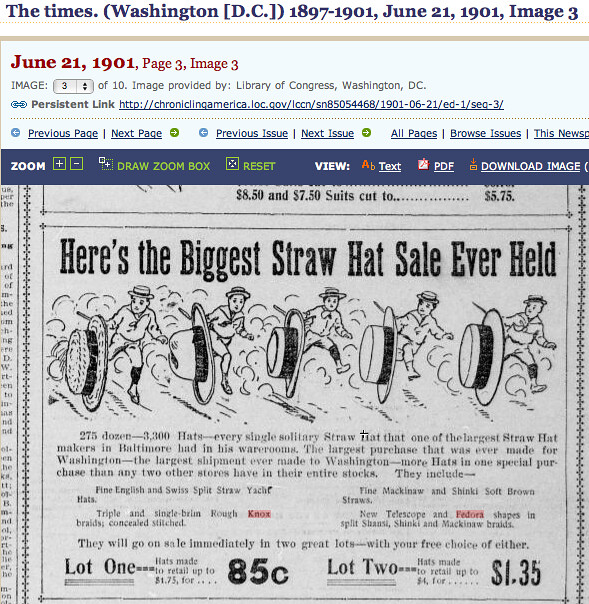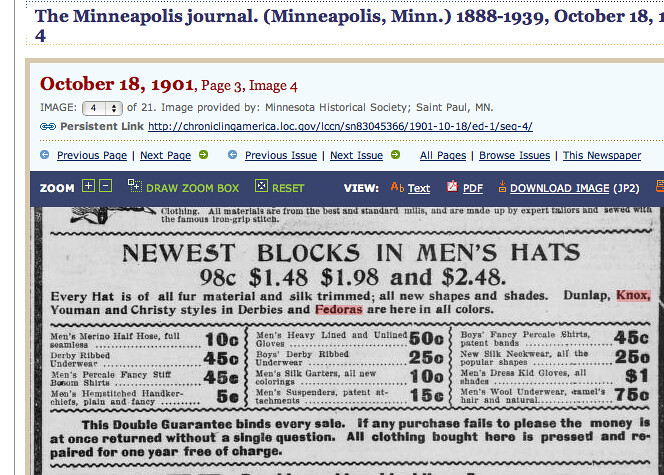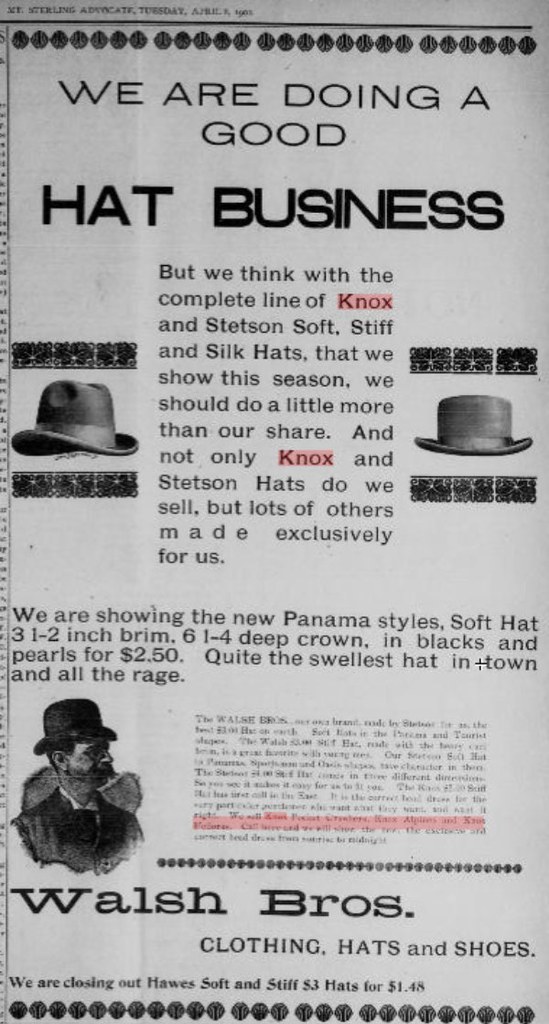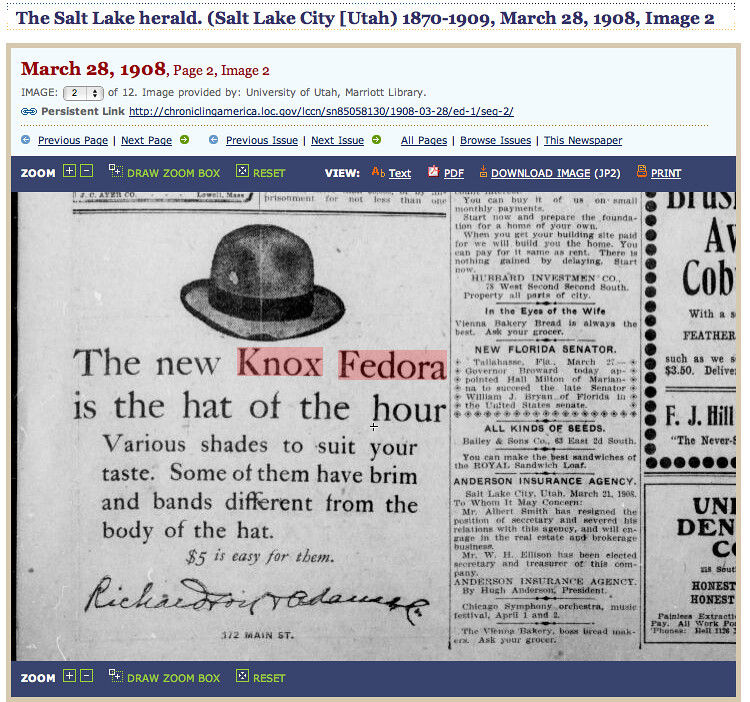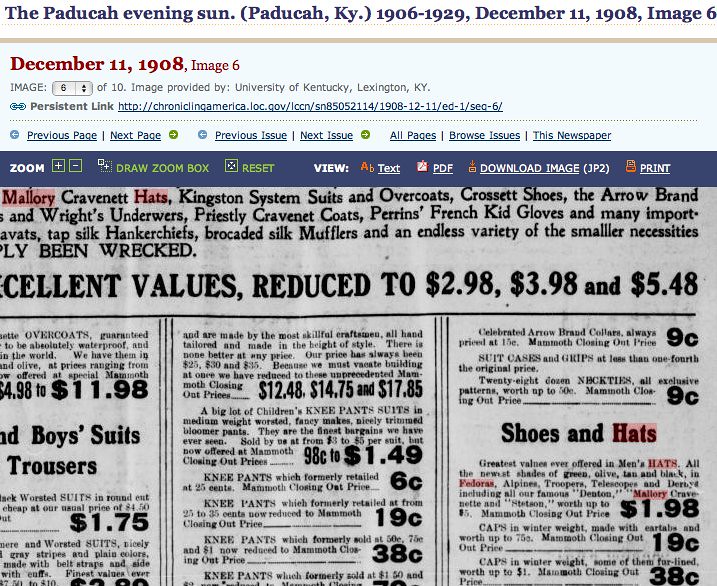rlk
I'll Lock Up
- Messages
- 6,100
- Location
- Evanston, IL
Why did the "Fedora" name persist in the USA beyond its fashion trend origins and then become more widely applied? It doesn't seem to have stuck elsewhere(more research needed). At this time I don't see men's hats being called Fedora in Europe. And the first Fedoras don't seem to have been called Homburg's either(as we see them looking back).
I realize this academic approach won't interest everyone, but I'm trying to stick with the notion of "Fedora" in a specific time period here.
I realize this academic approach won't interest everyone, but I'm trying to stick with the notion of "Fedora" in a specific time period here.

